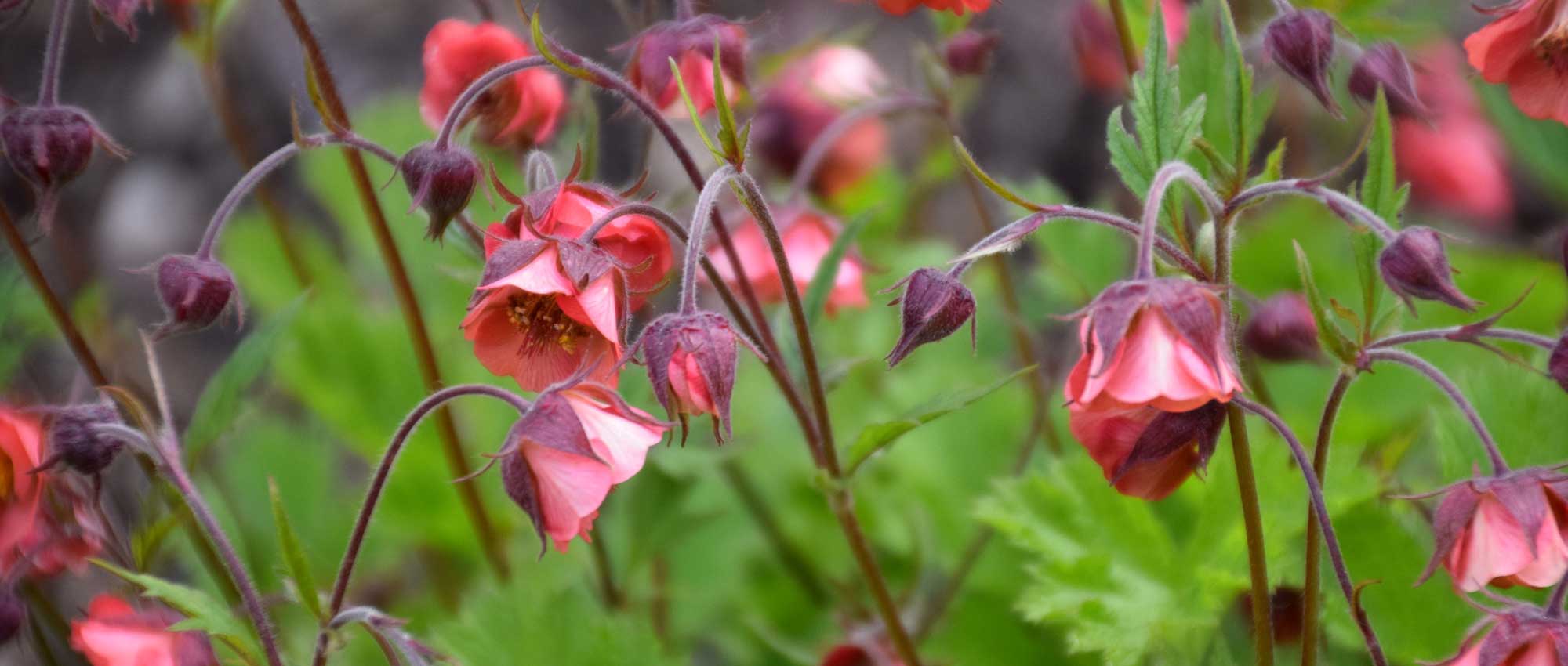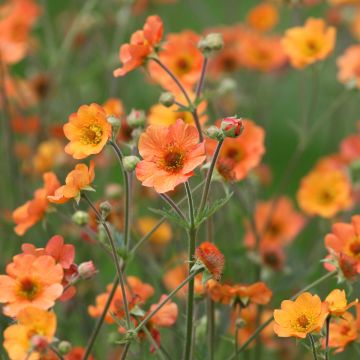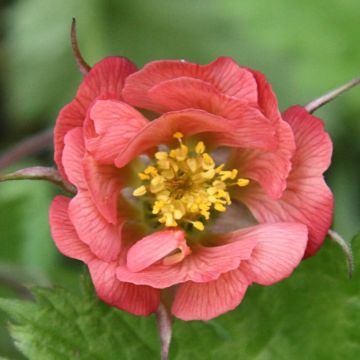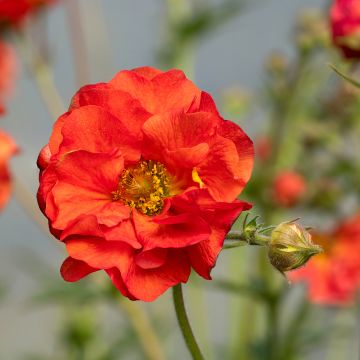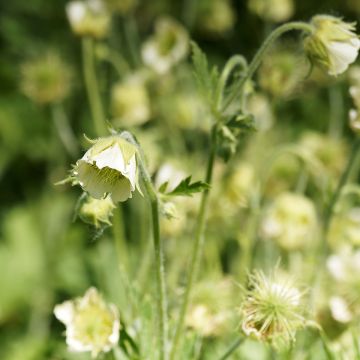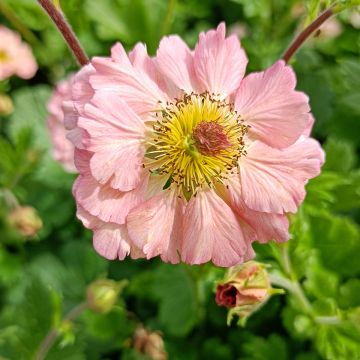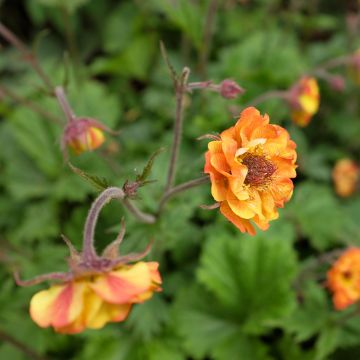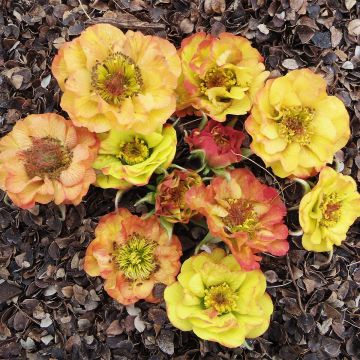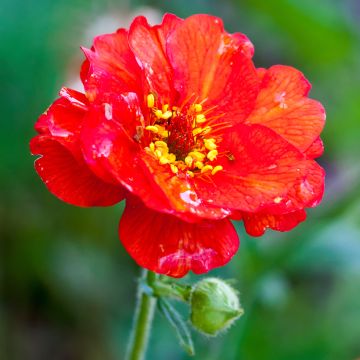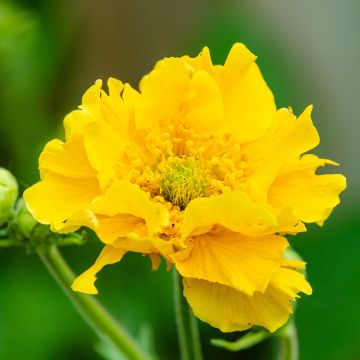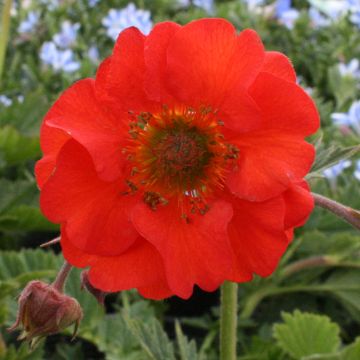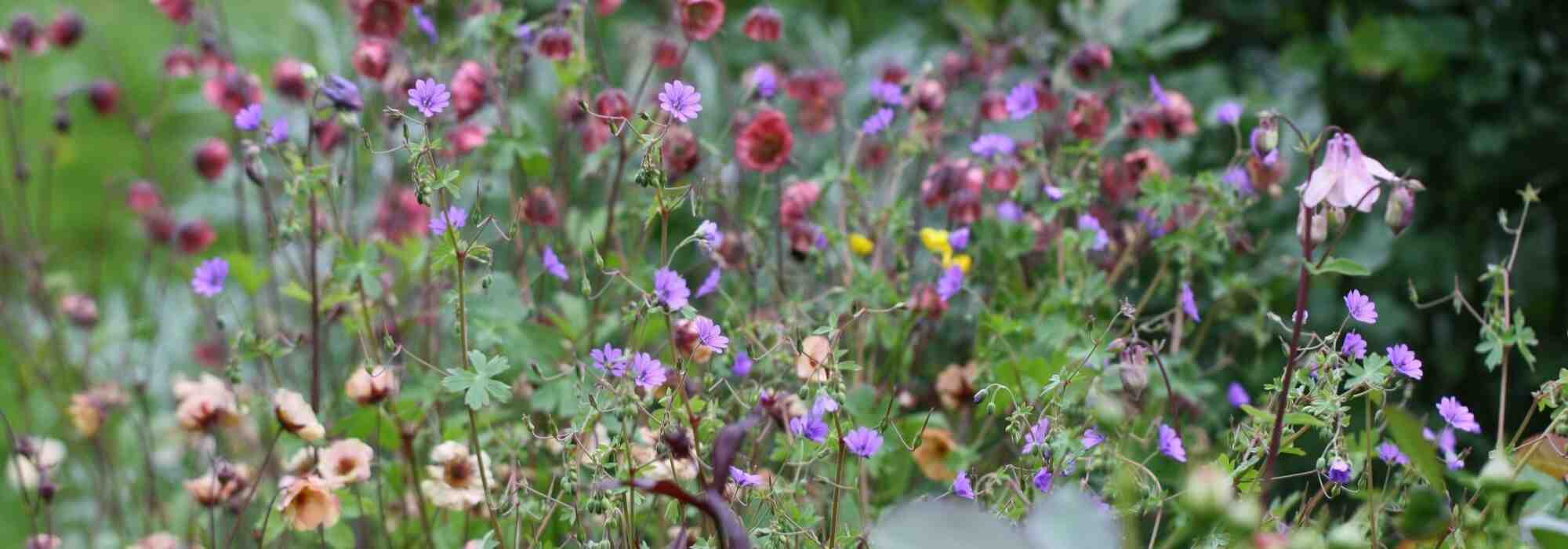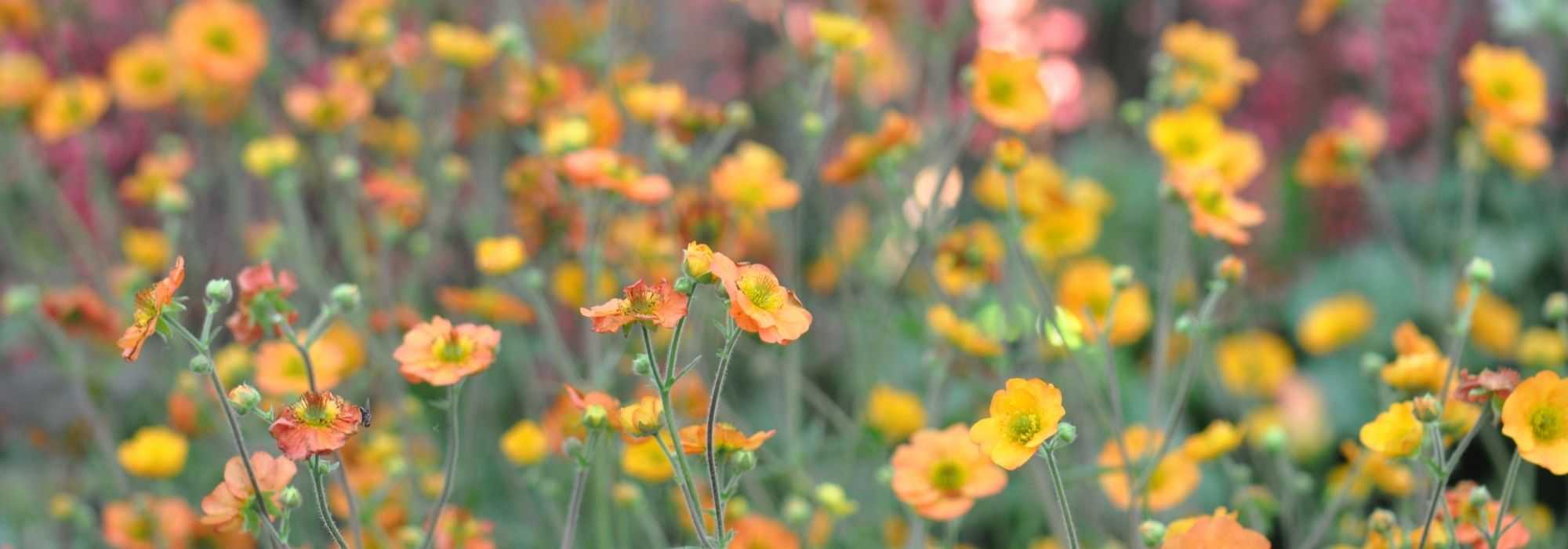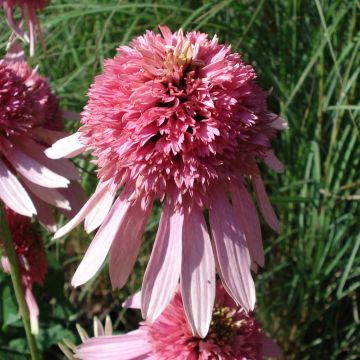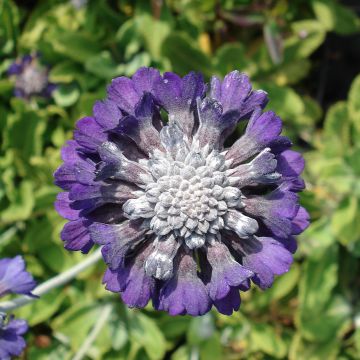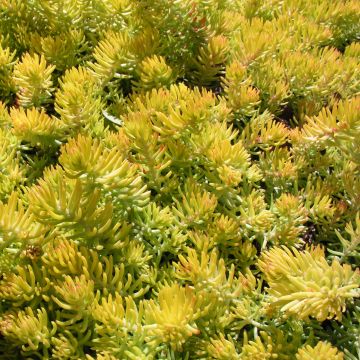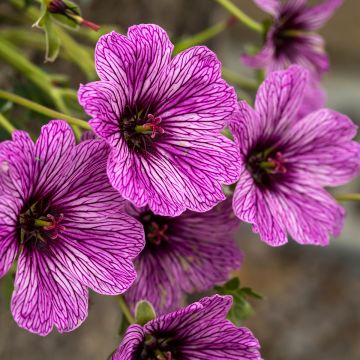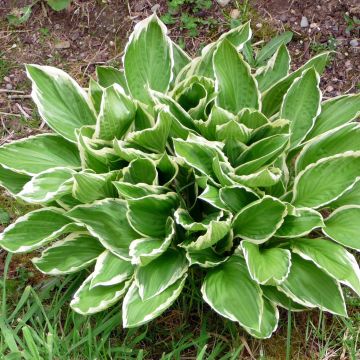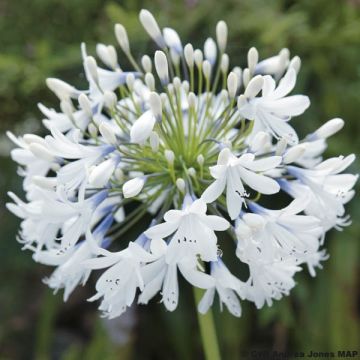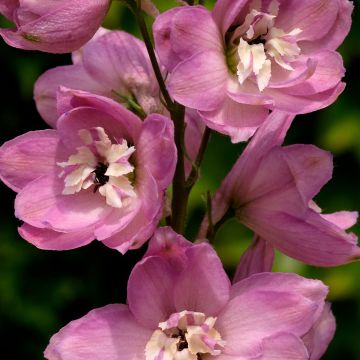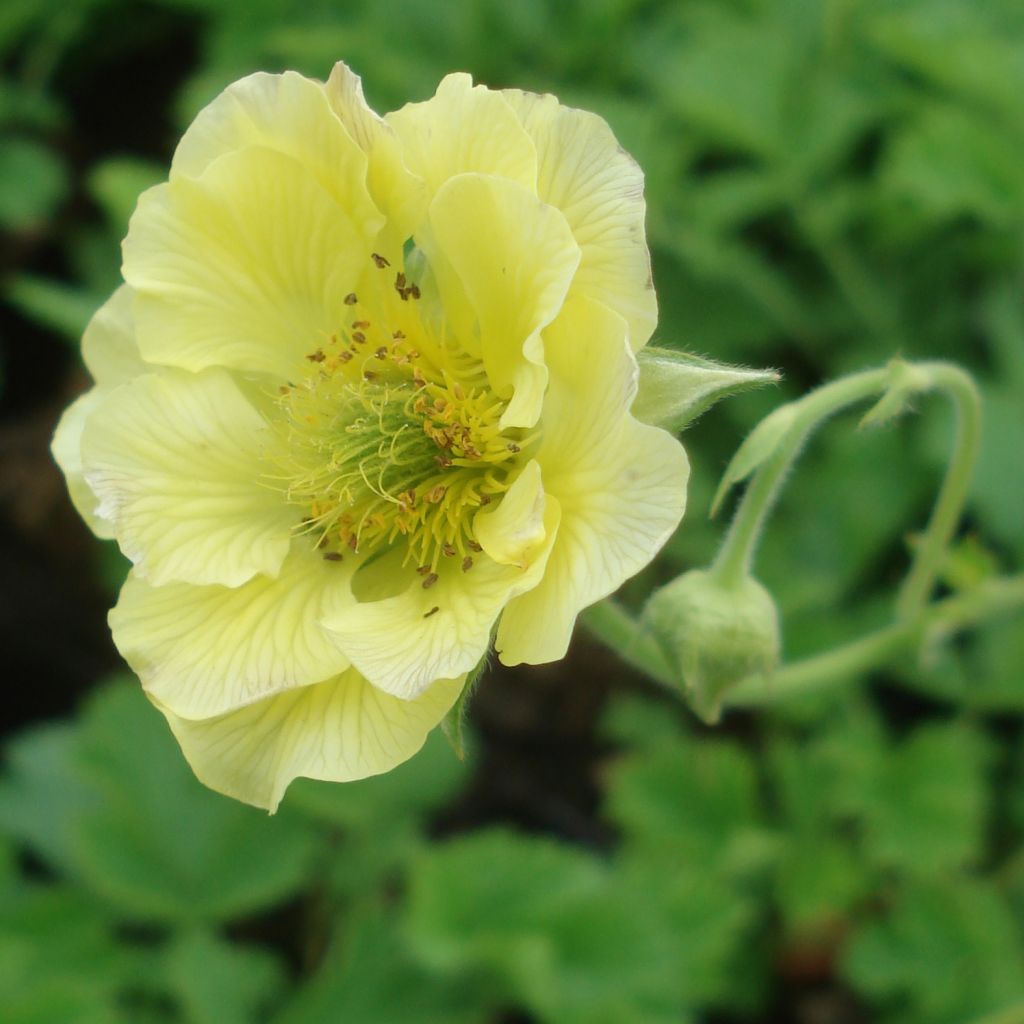

Geum Banana Daiquiri
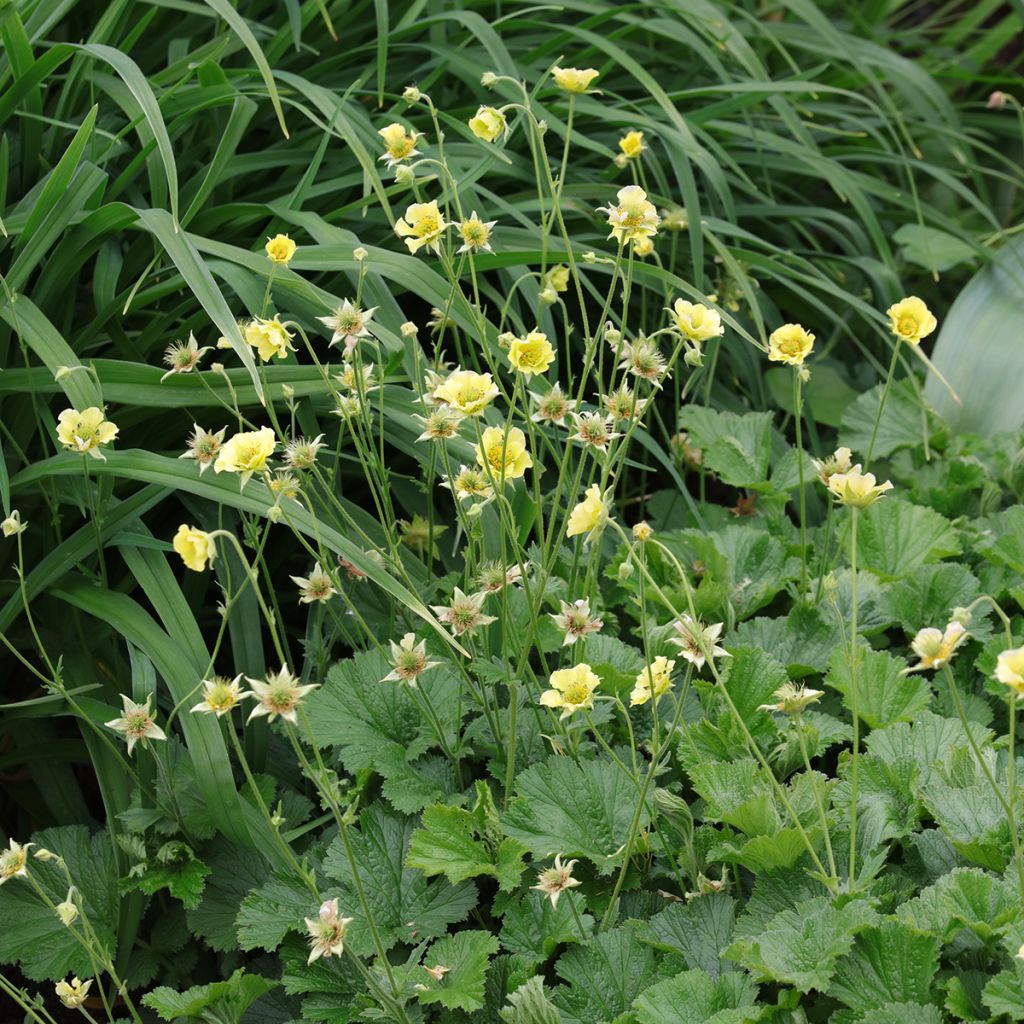

Geum Banana Daiquiri
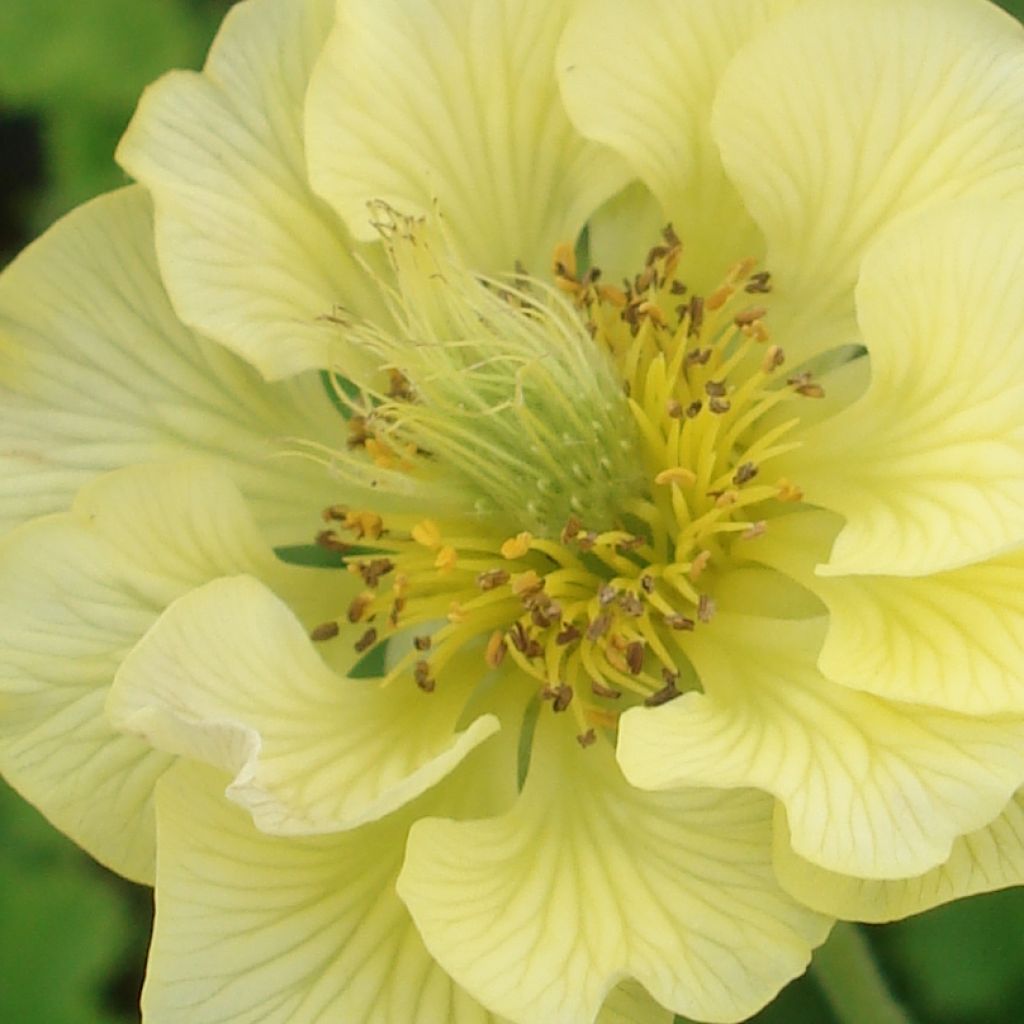

Geum Banana Daiquiri


Geum Banana Daiquiri
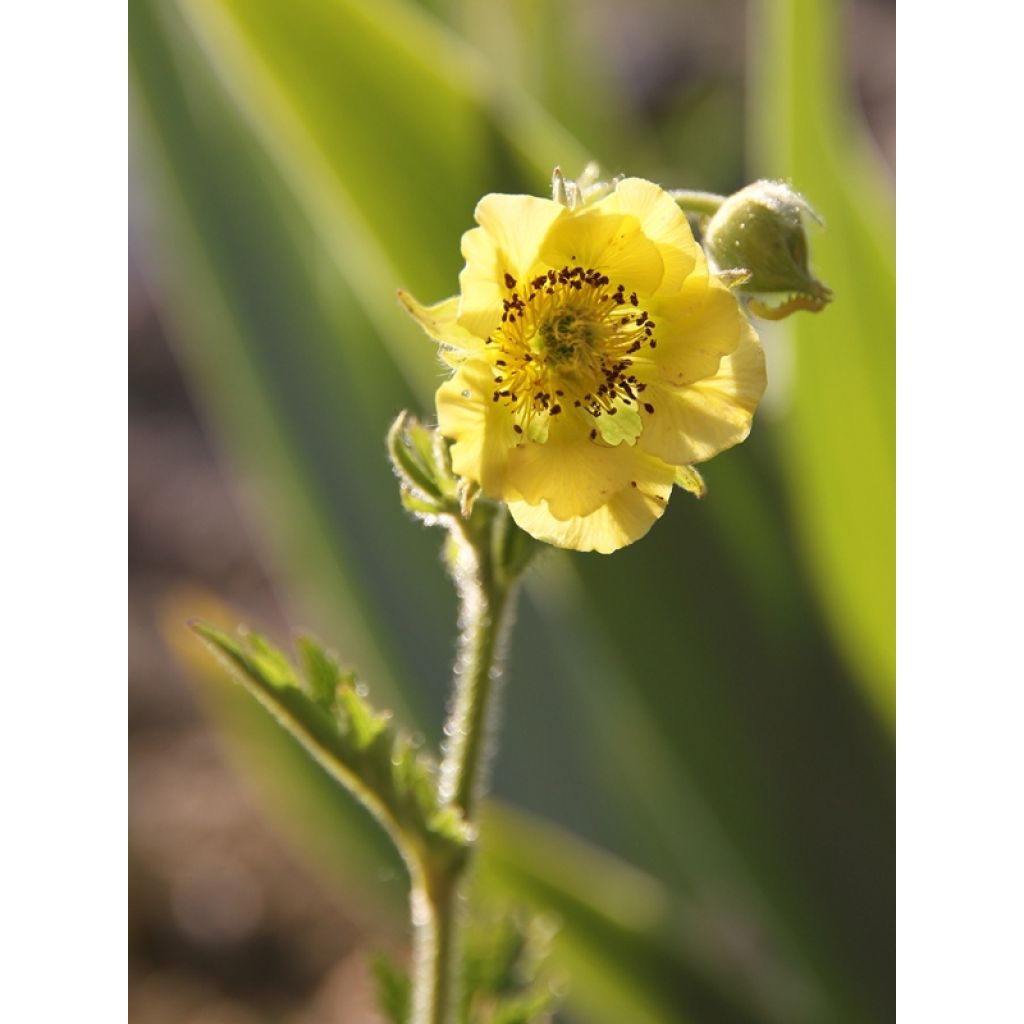

Geum Banana Daiquiri
Geum Banana Daiquiri
Geum Banana Daiquiri
Avens
The young plant unfortunately did not survive, probably due to thirst, despite occasional watering, so I did not have the opportunity to see its flowering. My other young plant of avens (which is a botanical avens, I believe) has fared better. It's a shame, the flower seemed very pretty.
Caroline, 20/03/2019
Special offer!
Receive a €20 voucher for any order over €90 (excluding delivery costs, credit notes, and plastic-free options)!
1- Add your favorite plants to your cart.
2- Once you have reached €90, confirm your order (you can even choose the delivery date!).
3- As soon as your order is shipped, you will receive an email containing your voucher code, valid for 3 months (90 days).
Your voucher is unique and can only be used once, for any order with a minimum value of €20, excluding delivery costs.
Can be combined with other current offers, non-divisible and non-refundable.
Home or relay delivery (depending on size and destination)
Schedule delivery date,
and select date in basket
This plant carries a 12 months recovery warranty
More information
We guarantee the quality of our plants for a full growing cycle, and will replace at our expense any plant that fails to recover under normal climatic and planting conditions.
Would this plant suit my garden?
Set up your Plantfit profile →
Description
Geum 'Banana Daiquiri' is a particularly bright variety, which revisits these plants that have somewhat fallen into oblivion. From May to July, it bears delicate semi-double flowers in a light lemon-yellow colour, with a large heart of yellow stamens. This bushy perennial is hardy and carefree. It will brighten up flower beds with its bouquet of semi-evergreen light-green foliage. Simple and sturdy, avens are once again finding their way back into our gardens. Plant in sunny, well-drained and fertile soil.
Geums are herbaceous perennials from the Rosaceae family, native to temperate or colder regions of the northern and southern hemispheres. They are very hardy. Crossed with each other, they have given rise to numerous hybrids like 'Banana Daiquiri', which recently appeared in the United States. These avens form clumps and have upright, semi-evergreen, light-green, irregular, and finely velvety basal leaves, measuring 10cm (4in) long. From May to July, it bears clusters carrying two to four cup-shaped flowers, 2 to 4cm (1 to 2in) in diameter. They are slightly translucent lemon-yellow, animated by visible veins, and enhanced by a large heart of prominent yellow stamens. The flowering clusters are borne on thin, gracefully upright, branched stems above the foliage. This variety measures about 40cm (16in) in all directions. Like many long-flowering perennials, it is not very long-lived, so it is advisable to divide it every two to three years to keep it in the garden for a long time.
Hardy and very floriferous, it is an easy, accommodating plant. Plant it in the garden and rediscover its simplicity and solidity. It appreciates sunny or semi-shaded situations, and grows in ordinary, moist but well-drained soil. To fully enjoy its magnificent flowering, place 'Banana Daiquiri' at the edge of flower beds, mixed borders, in rockeries or even in containers. Its flower stalks will make beautiful bouquets. It requires space to develop so leave enough clearance around its base. It will blend wonderfully with other spring and summer-flowering perennials. In partial shade, it will go well with pasqueflower, lady's mantle, spurge, and grasses. Sublime colour harmonies can be created by mixing several varieties of avens together. In full sun, it will perfectly complement daylilies, black-eyed Susans, scabious, shrubby wallflowers, and hardy geraniums.
Geum Banana Daiquiri in pictures
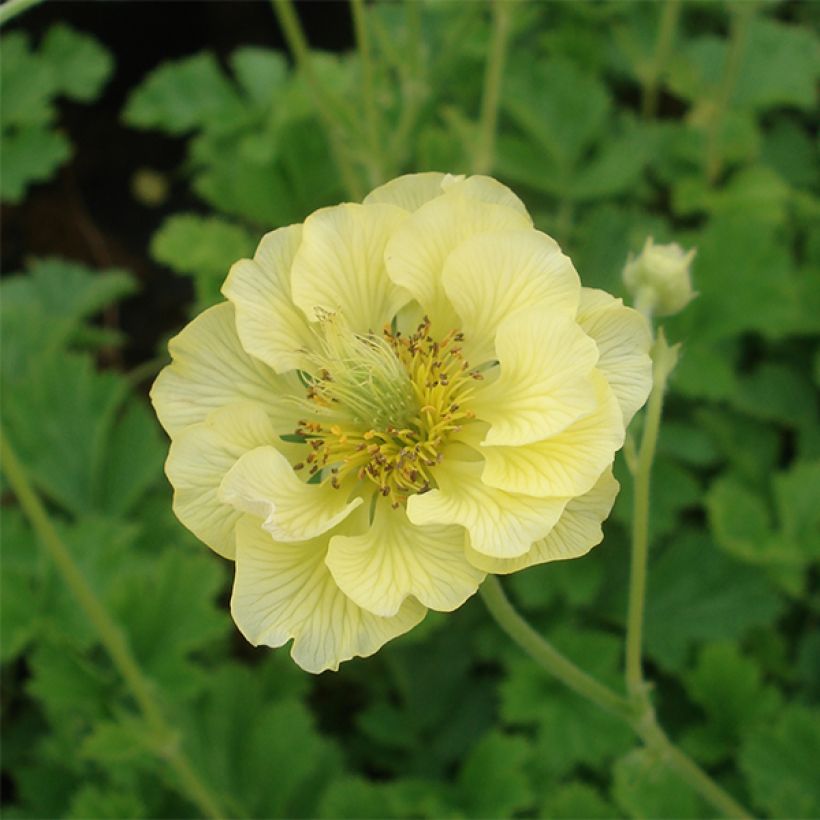





Flowering
Foliage
Plant habit
Botanical data
Geum
Banana Daiquiri
Rosaceae
Avens
Cultivar or hybrid
Other Geum - Avens
View all →Planting and care
It appreciates a sunny or semi-shaded, open location. Plant in regular to rich, light, moist, and very well-drained soil. It does not tolerate winter humidity. It will not withstand waterlogged soils in winter.
Regularly removing faded flowers will encourage new flower buds to form and ensure continuous flowering. Since its lifespan is relatively short, dividing the clumps every 3 or 4 years in spring or autumn is recommended. Regular organic fertilisation is beneficial for them.
Highly resistant to diseases, it is sometimes susceptible to sawfly larvae attacks, which can damage the foliage. Excessive drought can cause powdery mildew.
Planting period
Intended location
Care
Planting & care advice
-
, onOrder confirmed
Reply from on Promesse de fleurs
Similar products
Haven't found what you were looking for?
Hardiness is the lowest winter temperature a plant can endure without suffering serious damage or even dying. However, hardiness is affected by location (a sheltered area, such as a patio), protection (winter cover) and soil type (hardiness is improved by well-drained soil).

Photo Sharing Terms & Conditions
In order to encourage gardeners to interact and share their experiences, Promesse de fleurs offers various media enabling content to be uploaded onto its Site - in particular via the ‘Photo sharing’ module.
The User agrees to refrain from:
- Posting any content that is illegal, prejudicial, insulting, racist, inciteful to hatred, revisionist, contrary to public decency, that infringes on privacy or on the privacy rights of third parties, in particular the publicity rights of persons and goods, intellectual property rights, or the right to privacy.
- Submitting content on behalf of a third party;
- Impersonate the identity of a third party and/or publish any personal information about a third party;
In general, the User undertakes to refrain from any unethical behaviour.
All Content (in particular text, comments, files, images, photos, videos, creative works, etc.), which may be subject to property or intellectual property rights, image or other private rights, shall remain the property of the User, subject to the limited rights granted by the terms of the licence granted by Promesse de fleurs as stated below. Users are at liberty to publish or not to publish such Content on the Site, notably via the ‘Photo Sharing’ facility, and accept that this Content shall be made public and freely accessible, notably on the Internet.
Users further acknowledge, undertake to have ,and guarantee that they hold all necessary rights and permissions to publish such material on the Site, in particular with regard to the legislation in force pertaining to any privacy, property, intellectual property, image, or contractual rights, or rights of any other nature. By publishing such Content on the Site, Users acknowledge accepting full liability as publishers of the Content within the meaning of the law, and grant Promesse de fleurs, free of charge, an inclusive, worldwide licence for the said Content for the entire duration of its publication, including all reproduction, representation, up/downloading, displaying, performing, transmission, and storage rights.
Users also grant permission for their name to be linked to the Content and accept that this link may not always be made available.
By engaging in posting material, Users consent to their Content becoming automatically accessible on the Internet, in particular on other sites and/or blogs and/or web pages of the Promesse de fleurs site, including in particular social pages and the Promesse de fleurs catalogue.
Users may secure the removal of entrusted content free of charge by issuing a simple request via our contact form.
The flowering period indicated on our website applies to countries and regions located in USDA zone 8 (France, the United Kingdom, Ireland, the Netherlands, etc.)
It will vary according to where you live:
- In zones 9 to 10 (Italy, Spain, Greece, etc.), flowering will occur about 2 to 4 weeks earlier.
- In zones 6 to 7 (Germany, Poland, Slovenia, and lower mountainous regions), flowering will be delayed by 2 to 3 weeks.
- In zone 5 (Central Europe, Scandinavia), blooming will be delayed by 3 to 5 weeks.
In temperate climates, pruning of spring-flowering shrubs (forsythia, spireas, etc.) should be done just after flowering.
Pruning of summer-flowering shrubs (Indian Lilac, Perovskia, etc.) can be done in winter or spring.
In cold regions as well as with frost-sensitive plants, avoid pruning too early when severe frosts may still occur.
The planting period indicated on our website applies to countries and regions located in USDA zone 8 (France, United Kingdom, Ireland, Netherlands).
It will vary according to where you live:
- In Mediterranean zones (Marseille, Madrid, Milan, etc.), autumn and winter are the best planting periods.
- In continental zones (Strasbourg, Munich, Vienna, etc.), delay planting by 2 to 3 weeks in spring and bring it forward by 2 to 4 weeks in autumn.
- In mountainous regions (the Alps, Pyrenees, Carpathians, etc.), it is best to plant in late spring (May-June) or late summer (August-September).
The harvesting period indicated on our website applies to countries and regions in USDA zone 8 (France, England, Ireland, the Netherlands).
In colder areas (Scandinavia, Poland, Austria...) fruit and vegetable harvests are likely to be delayed by 3-4 weeks.
In warmer areas (Italy, Spain, Greece, etc.), harvesting will probably take place earlier, depending on weather conditions.
The sowing periods indicated on our website apply to countries and regions within USDA Zone 8 (France, UK, Ireland, Netherlands).
In colder areas (Scandinavia, Poland, Austria...), delay any outdoor sowing by 3-4 weeks, or sow under glass.
In warmer climes (Italy, Spain, Greece, etc.), bring outdoor sowing forward by a few weeks.






























